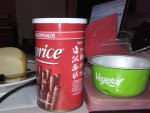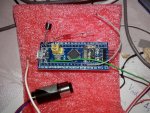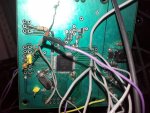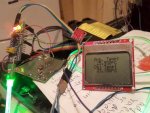Benm
0
- Joined
- Aug 16, 2007
- Messages
- 7,896
- Points
- 113
I would not worry too much about press fitting them using some heatsinking compound. I've done this many many times with transistors that come in the exact same package and it never posed a serious problem.
Those were pushing a couple of watts out, and here you only need it to make decent contact to get a reference termperature, so less mechanical force (less tight of a hole) is required.
As for how to construct the entire thing... would these sensors be sensitive to ambient visible light, or can you just use them in a normally lit room to measure the temperature of a nearby object?
They seem to be operating much like those contactless IR thermometers just without the optics to focus on anything a bit further away (perhaps they are used in those with some additional optics, not really sure).
Those were pushing a couple of watts out, and here you only need it to make decent contact to get a reference termperature, so less mechanical force (less tight of a hole) is required.
As for how to construct the entire thing... would these sensors be sensitive to ambient visible light, or can you just use them in a normally lit room to measure the temperature of a nearby object?
They seem to be operating much like those contactless IR thermometers just without the optics to focus on anything a bit further away (perhaps they are used in those with some additional optics, not really sure).







